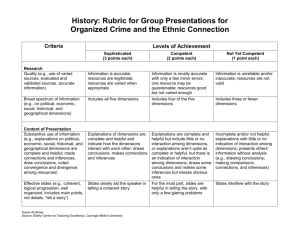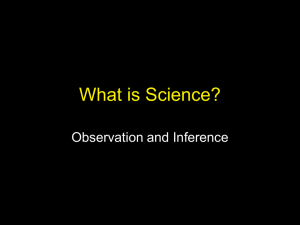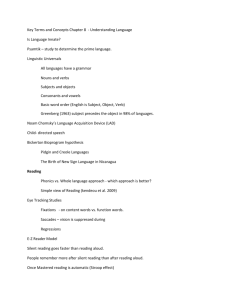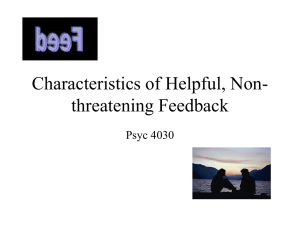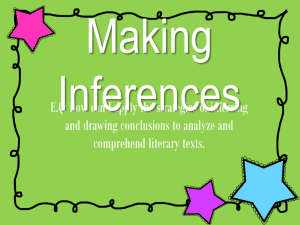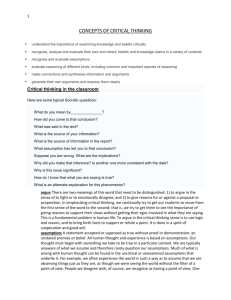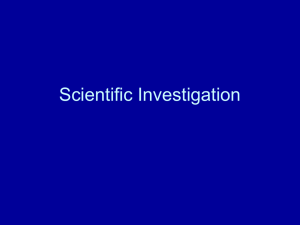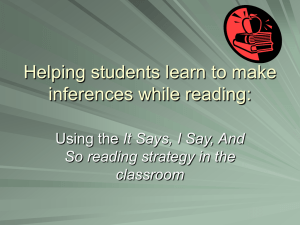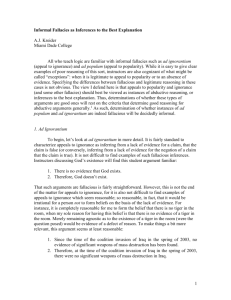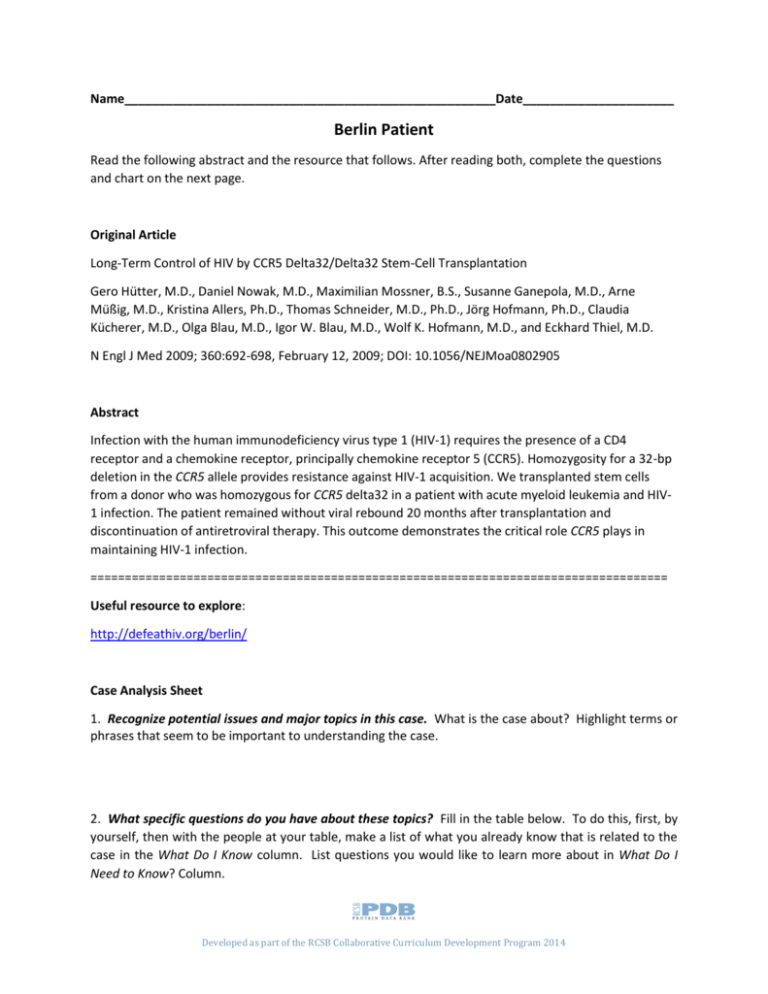
Name______________________________________________________Date______________________
Berlin Patient
Read the following abstract and the resource that follows. After reading both, complete the questions
and chart on the next page.
Original Article
Long-Term Control of HIV by CCR5 Delta32/Delta32 Stem-Cell Transplantation
Gero Hütter, M.D., Daniel Nowak, M.D., Maximilian Mossner, B.S., Susanne Ganepola, M.D., Arne
Müßig, M.D., Kristina Allers, Ph.D., Thomas Schneider, M.D., Ph.D., Jörg Hofmann, Ph.D., Claudia
Kücherer, M.D., Olga Blau, M.D., Igor W. Blau, M.D., Wolf K. Hofmann, M.D., and Eckhard Thiel, M.D.
N Engl J Med 2009; 360:692-698, February 12, 2009; DOI: 10.1056/NEJMoa0802905
Abstract
Infection with the human immunodeficiency virus type 1 (HIV-1) requires the presence of a CD4
receptor and a chemokine receptor, principally chemokine receptor 5 (CCR5). Homozygosity for a 32-bp
deletion in the CCR5 allele provides resistance against HIV-1 acquisition. We transplanted stem cells
from a donor who was homozygous for CCR5 delta32 in a patient with acute myeloid leukemia and HIV1 infection. The patient remained without viral rebound 20 months after transplantation and
discontinuation of antiretroviral therapy. This outcome demonstrates the critical role CCR5 plays in
maintaining HIV-1 infection.
====================================================================================
Useful resource to explore:
http://defeathiv.org/berlin/
Case Analysis Sheet
1. Recognize potential issues and major topics in this case. What is the case about? Highlight terms or
phrases that seem to be important to understanding the case.
2. What specific questions do you have about these topics? Fill in the table below. To do this, first, by
yourself, then with the people at your table, make a list of what you already know that is related to the
case in the What Do I Know column. List questions you would like to learn more about in What Do I
Need to Know? Column.
Developed as part of the RCSB Collaborative Curriculum Development Program 2014
What Do I Know
What Do I Need to Know?
3. Put a check mark by 1-3 questions or issues in the What Do I Need to Know? Column that you think
are the most important to explore.
Modified from M. Waterman and E. Stanley, 2008, Biological Inquiry, Benjamin Cummings
Permission to reproduce for educational purposes only.
Once you have identified your question to research, you will develop a claim backed by evidence and
reasoning. Use the following template to help guide your argument.
Claim-Evidence-Reasoning
Questions asked
Observations (phenomena, Inferences
(generalization, Scientific Explanations (hypotheses,
data, measurements)
patterns, laws, data displays, models, theories)
model-based predictions)
Developed as part of the RCSB Collaborative Curriculum Development Program 2014
Claim (Your claim should answer the question)
Explanation (Link the observations, inferences and scientific explanation to support your claim.)
Limitations and error analysis (What additional evidence would you need to make your claim stronger?)
Adapted from BSCS Middle School Science Copyright © 2012 BSCS adapted from McNeill, K. L. and J.
Krajcik (2008). J. Res. Sci. Teach. 45(1): 53-78 for use in the AP Biology Leadership Academy. Anderson
CW
(2003)
Teaching
science
for
motivation
and
understanding.
Retrieved
https://www.msu.edu/~andya/TEScience/Assets/Files/TSMU.pdf.
Permission granted for personal education use. All other rights reserved.
Developed as part of the RCSB Collaborative Curriculum Development Program 2014
Refer to the following rubrics to assess your progress.
Question
Claim
5
Is
narrowly
focused and is
answerable
2
Is answerable but
not clear or focused.
It may have a
variety of different
answers.
Clearly
stated Is stated in a more Is stated but it Not
as
clearly
and specific
general way.
may
be stated.
ambiguous
or
overreaching
Evidence
(2X)
Contains
accurate
data
and summarizes
trends.
Inferences
are
drawn
clearly
from research.
Known scientific
explanations are
tied to both the
inferences and
research.
Reasoning
(2X)
Develops
a
methodical,
powerful,
and
thorough plan for
supporting the
evidence.
The
approach
and
answers
are
explicitly detailed
and reasonable
throughout
(whether or not
the knowledge
used
is
sophisticated or
accurate). Claims
are justified with
compelling
evidence
and
argument:
4
Language is more
general focused. It
is answerable.
All data is present
and summarized.
There may be
some
minor
errors.
All
variables
are
accounted for.
Inferences
are
drawn
clearly
from data. Known
scientific
explanations are
tied to either the
inferences
and
observations
Develops fully a
methodical plan
for supporting the
claim.
The
approach taken is
appropriate, wellthought out, and
based
on
reasonable data
and
strategies.
Evidence
and
argument
for
most claims are
provided, and the
quality of the
argument is high.
All
important
reasoning
is
explicit
and
logical,
though
3
Is answerable but
not
focused
enough
All data is present
and
summaries
are adequate
Inferences
are
drawn
clearly
from observations
and
research.
Known scientific
explanations may
be
incorrect,
missing or difficult
to tie in.
Errors in reporting
research with poor
or
missing
summaries.
All
variables
are
accounted
for.
Inferences
are
present but may not
be clearly stated.
Known
scientific
explanations
Grasps
the
problem
adequately
and
develops
an
acceptable plan
for solving it. All
important
variables
have
been considered,
though
the
arguments may be
incomplete. The
problem-solving
plan
may
be
inefficient:
the
final write-up of
the research and
analysis may have
gaps or illogical
organization
of
Provides a barely
adequate plan for
solving the problem,
and/or
fails
to
consider
certain
critical aspects of
the problem in the
overall
strategy.
Even when work is
thorough,
the
reasoning may not
be
sound,
suggesting that the
student is working
with
limited
understanding
of
the meaning of the
research and the
logic of supporting a
point. There is a
Developed as part of the RCSB Collaborative Curriculum Development Program 2014
1
Is too broad
and
impractical.
Doesn’t make
sense or it
doesn’t
answer
the
question.
Inaccurate
and/or
missing
information.
No summaries
or inferences
may
be
present.
If
present, they
are
inappropriate.
Scientific
explanations
are missing or
incorrect.
The student
has failed to
come up with
any
clear,
appropriate,
and/or
reasonable
strategy for
explaining or
compiling the
research.
There is a
semblance of
proof or logic
only:
randomness
or
inappropriate
or
unsupported
counterarguments,
questionable
data, and implicit
premises
are
explored.
one
or
two
implicit premises
may not have
been considered.
Even when there
is
limited
knowledge, all the
reasons are logical
and appropriate.
steps.
Some
arguments along
the way may not
be
reasonable
ones, but the
work
provides
evidence that this
was recognized.
semblance
of arguments
sequential steps and comprise the
organization of data reasoning.
into a meaningful
result, but no clear
overall strategy of
supporting
and
explaining
the
evidence
Limitation
Cites
specific Cites at least one Cites at least one Cites at least one Speaks
in
types of evidence type of evidence type of evidence type of evidence generalities of
that
would that
would that
would that
would how
to
strengthen the strengthen
the strengthen
the strengthen
the strengthen
claim. Explains claim.
Explains claim.
Explains claim. Is unclear as the claim.
clearly how to generally how to generally
how to how to obtain the
obtain
that obtain
that that
evidence evidence or the
evidence
and evidence and how would impact the impact it would
how it would it would impact claim.
make on the claim.
impact the claim. the claim.
Modified from a rubric used by the Olathe East High School Science Department, Olathe, KS, which was
modified from a rubric used by the Colorado Spring School District Science Department.
Retrieved from http://gilsonscience.weebly.com/uploads/2/1/1/4/21140528/lab_rubric.pdf
Developed as part of the RCSB Collaborative Curriculum Development Program 2014

